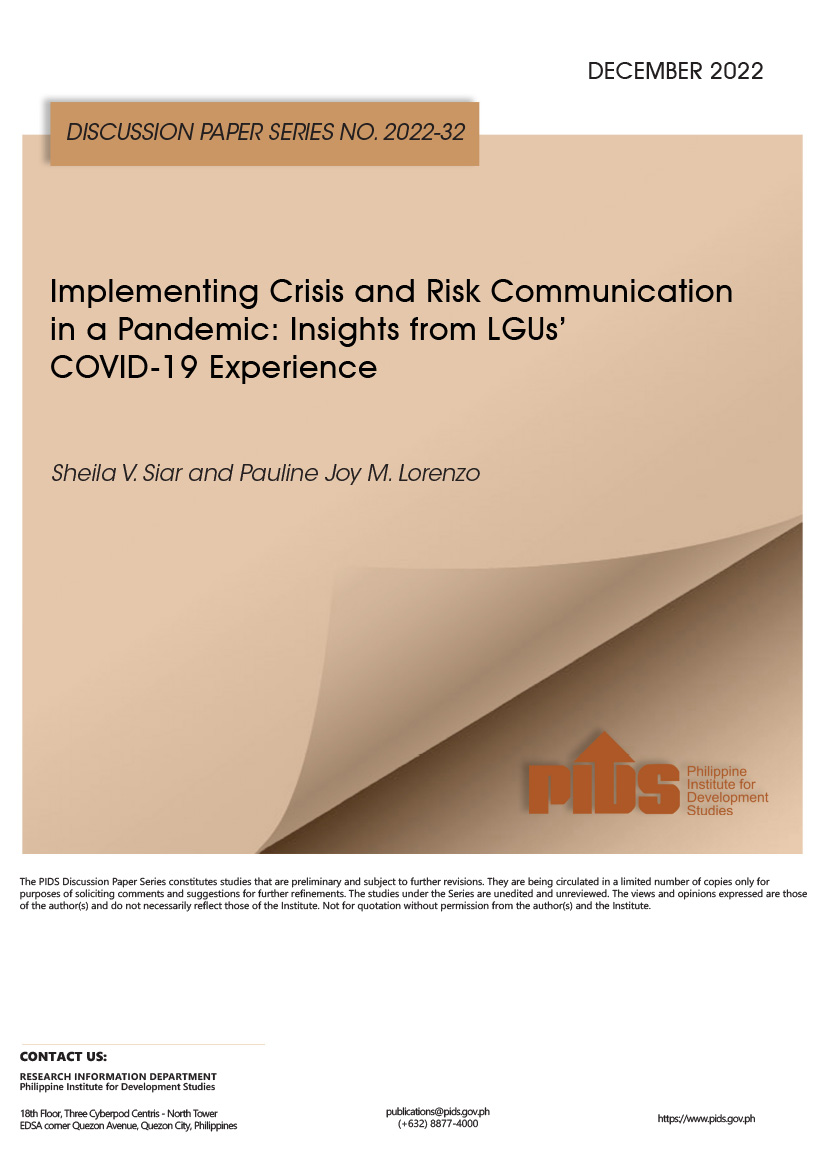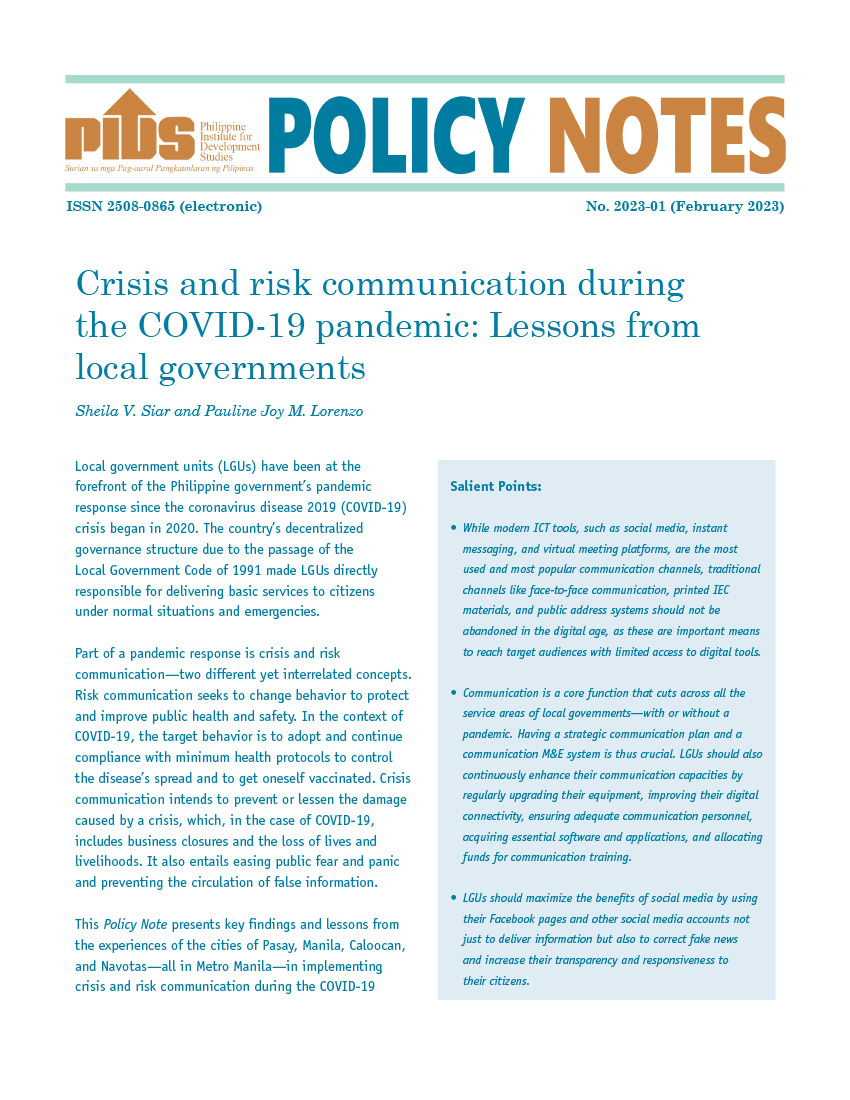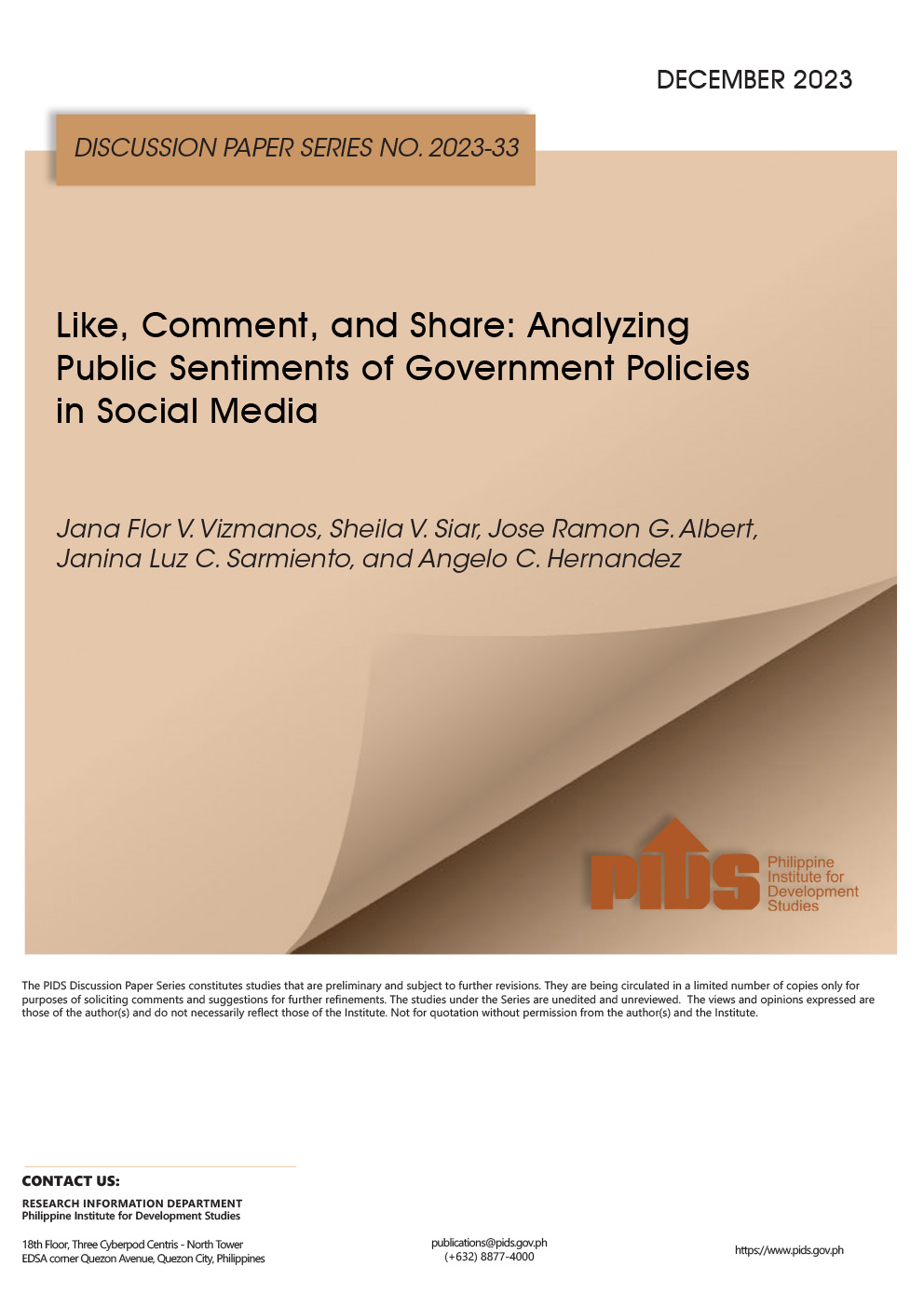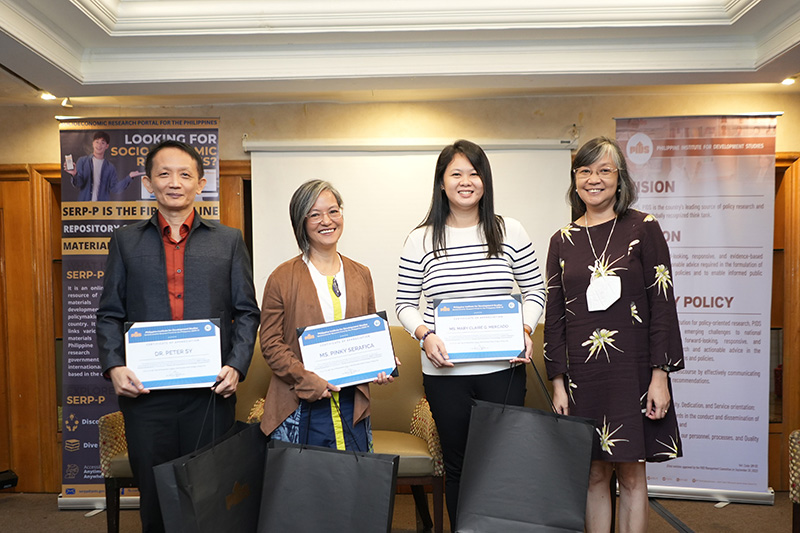The title is a metaphorical expression implying that what people eat eventually affects their lives. If they eat healthy food, they will feel healthy; if they eat junk food, they will feel unhealthy. Stated simply, food can define one’s physical character.
The same principle applies to people’s intellectual consumption and character. Some interesting trends are worth reviewing. One can examine functional literacy, which refers to people’s capacity to engage in activities where literacy is required for their community to function effectively, and for them to be able to continue to use reading, writing, and computing for both personal and communal development.
According to the latest Functional Literacy, Education, and Mass Media Survey published by the Philippine Statistics Authority, in 2019, Filipinos 10 to 64 years old typically watched television (96.0 percent), made calculations (80.3 percent), and listened to radio (75.2 percent). Surfing the Internet for e-mails and research work (63.6 percent), newspaper reading (63.3 percent), and report/correspondence writing (43.9 percent) were the activities they performed the least. By frequency of exposure, most survey participants watched television (66.3 percent) and surfed the Internet through social media (42.5 percent) every day.
Survey participants who were exposed to different forms of mass media registered high functional literacy rates. Among different forms of mass media, functional literacy rate ranged from 92.6 percent for those who watched television to 97.1 percent for those who used the Internet for e-mails and research work.
According to Sortlist, in 2021, Filipinos aged 16 to 64 spent nearly half the year online (10 hours and 56 minutes per day, or 166 days per year), and nearly 40 percent of that time was spent on social media (4 hours and 15 minutes per day, or 65 days per year). Among nationalities surveyed, Filipinos, apparently, spent the most time online and on social media.
Moreover, Statista found that, from 2019 to 2020, Filipinos spent most of their time playing sports games. The average user spent about 23 minutes per day on such applications, and about 21 minutes per day for casual gaming. Looking at specific applications, Statista found that YouTube was where people spent the most time at 11 days and 14 hours per year, which was about 1.74 times that spent on TikTok (6 days and 16 hours per year).
In 2018, the Program for International Student Assessment (PISA) conducted a study assessing students’ science, reading, and mathematics literacy in 80 countries and education systems. Reading was the focal subject of the 2018 data collection. It also marked the first year that the Philippines joined the assessment.
According to the PISA 2018 report, the Philippines ranked 79th in reading, with an average of 340 against the Organisation for Economic Co-operation and Development average of 487. Filipino students also ranked low in mathematics and science, with 353 points and 357 points, respectively, against a 489 OECD average for both categories.
So, what do these trends suggest? In exploring the link between food and physical health, three factors can be considered: 1) availability of sources, 2) affordability, and 3) appropriateness of food to meet nutritional needs. Perhaps, the same considerations can be made to explore the link between intellectual consumption and education outcomes.
Regarding availability, in light of current challenges in online education, Filipinos’ continued exposure to and widespread usage of traditional mass media as sources of information and entertainment should underscore the need to preserve and promote these industries, even as these industries themselves are quickly undergoing digitization. Having a national education strategy that continues to harness traditional mass media to bridge the digital divide might prove to be beneficial.
Regarding affordability, a study reveals that an average Filipino household spends about P1,281 per month on Internet connection, while a Vietnamese counterpart spends only half ($12.40 or roughly P636.48). So, to help make Internet connection more affordable, the Philippine Institute for Development Studies recommends the removal of regulatory barriers and the expansion of market opportunities to allow information and communications technology (ICT) players to invest, build, and innovate, regardless of their size, ownership, and technology—and not limit network-building to enfranchised telecommunications firms.
Finally, regarding appropriateness, traditional mass media deal with not only content distribution but also content creation. If more Filipinos continue to lag behind international peers in reading, mathematics, and science literacy, there could be adverse spillover effects on both supply (content creation) and demand (content consumption). It can be argued that poor education leads to poor content, which, in turn, can lead to a poor audience, and, ultimately, a poor country. Thus, having strategic, long-term investments that synergize the education, ICT, and mass media sectors should figure more prominently in economic development plans.
The title is a metaphorical expression implying that what people eat eventually affects their lives. If they eat healthy food, they will feel healthy; if they eat junk food, they will feel unhealthy. Stated simply, food can define one’s physical character.
The same principle applies to people’s intellectual consumption and character. Some interesting trends are worth reviewing. One can examine functional literacy, which refers to people’s capacity to engage in activities where literacy is required for their community to function effectively, and for them to be able to continue to use reading, writing, and computing for both personal and communal development.
According to the latest Functional Literacy, Education, and Mass Media Survey published by the Philippine Statistics Authority, in 2019, Filipinos 10 to 64 years old typically watched television (96.0 percent), made calculations (80.3 percent), and listened to radio (75.2 percent). Surfing the Internet for e-mails and research work (63.6 percent), newspaper reading (63.3 percent), and report/correspondence writing (43.9 percent) were the activities they performed the least. By frequency of exposure, most survey participants watched television (66.3 percent) and surfed the Internet through social media (42.5 percent) every day.
Survey participants who were exposed to different forms of mass media registered high functional literacy rates. Among different forms of mass media, functional literacy rate ranged from 92.6 percent for those who watched television to 97.1 percent for those who used the Internet for e-mails and research work.
According to Sortlist, in 2021, Filipinos aged 16 to 64 spent nearly half the year online (10 hours and 56 minutes per day, or 166 days per year), and nearly 40 percent of that time was spent on social media (4 hours and 15 minutes per day, or 65 days per year). Among nationalities surveyed, Filipinos, apparently, spent the most time online and on social media.
Moreover, Statista found that, from 2019 to 2020, Filipinos spent most of their time playing sports games. The average user spent about 23 minutes per day on such applications, and about 21 minutes per day for casual gaming. Looking at specific applications, Statista found that YouTube was where people spent the most time at 11 days and 14 hours per year, which was about 1.74 times that spent on TikTok (6 days and 16 hours per year).
In 2018, the Program for International Student Assessment (PISA) conducted a study assessing students’ science, reading, and mathematics literacy in 80 countries and education systems. Reading was the focal subject of the 2018 data collection. It also marked the first year that the Philippines joined the assessment.
According to the PISA 2018 report, the Philippines ranked 79th in reading, with an average of 340 against the Organisation for Economic Co-operation and Development average of 487. Filipino students also ranked low in mathematics and science, with 353 points and 357 points, respectively, against a 489 OECD average for both categories.
So, what do these trends suggest? In exploring the link between food and physical health, three factors can be considered: 1) availability of sources, 2) affordability, and 3) appropriateness of food to meet nutritional needs. Perhaps, the same considerations can be made to explore the link between intellectual consumption and education outcomes.
Regarding availability, in light of current challenges in online education, Filipinos’ continued exposure to and widespread usage of traditional mass media as sources of information and entertainment should underscore the need to preserve and promote these industries, even as these industries themselves are quickly undergoing digitization. Having a national education strategy that continues to harness traditional mass media to bridge the digital divide might prove to be beneficial.
Regarding affordability, a study reveals that an average Filipino household spends about P1,281 per month on Internet connection, while a Vietnamese counterpart spends only half ($12.40 or roughly P636.48). So, to help make Internet connection more affordable, the Philippine Institute for Development Studies recommends the removal of regulatory barriers and the expansion of market opportunities to allow information and communications technology (ICT) players to invest, build, and innovate, regardless of their size, ownership, and technology—and not limit network-building to enfranchised telecommunications firms.
Finally, regarding appropriateness, traditional mass media deal with not only content distribution but also content creation. If more Filipinos continue to lag behind international peers in reading, mathematics, and science literacy, there could be adverse spillover effects on both supply (content creation) and demand (content consumption). It can be argued that poor education leads to poor content, which, in turn, can lead to a poor audience, and, ultimately, a poor country. Thus, having strategic, long-term investments that synergize the education, ICT, and mass media sectors should figure more prominently in economic development plans.
Related Posts
Publications
Press Releases
Video Highlights
[No related items]
Infographics
[No related items]





